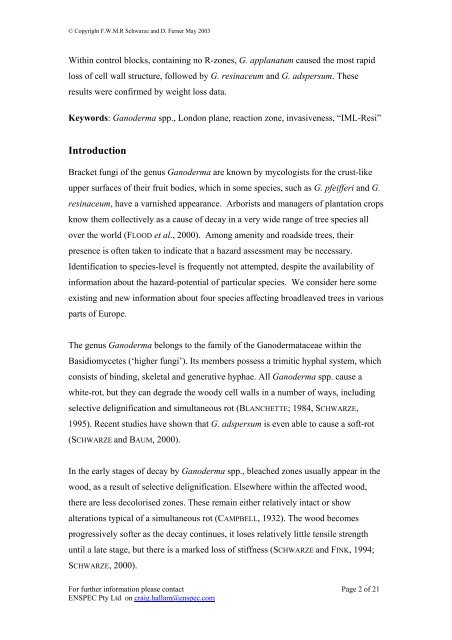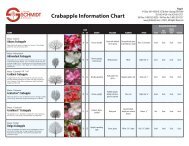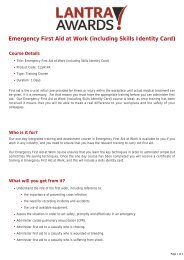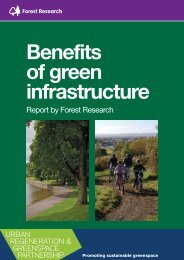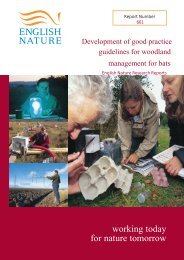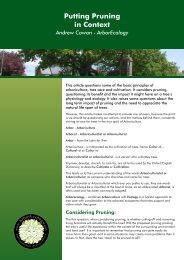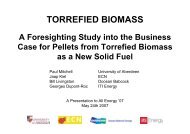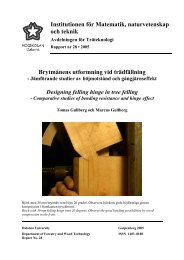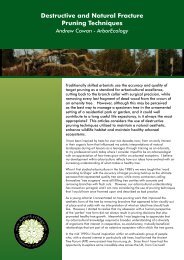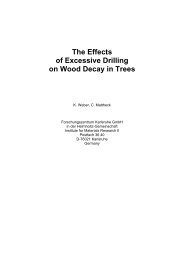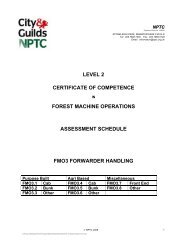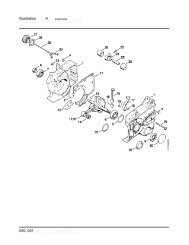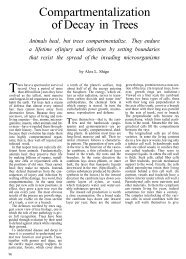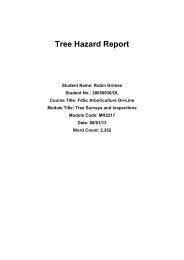Ganoderma on Trees.pdf - Arbtalk
Ganoderma on Trees.pdf - Arbtalk
Ganoderma on Trees.pdf - Arbtalk
You also want an ePaper? Increase the reach of your titles
YUMPU automatically turns print PDFs into web optimized ePapers that Google loves.
© Copyright F.W.M.R Schwarze and D. Ferner May 2003Within c<strong>on</strong>trol blocks, c<strong>on</strong>taining no R-z<strong>on</strong>es, G. applanatum caused the most rapidloss of cell wall structure, followed by G. resinaceum and G. adspersum. Theseresults were c<strong>on</strong>firmed by weight loss data.Keywords: <str<strong>on</strong>g>Ganoderma</str<strong>on</strong>g> spp., L<strong>on</strong>d<strong>on</strong> plane, reacti<strong>on</strong> z<strong>on</strong>e, invasiveness, “IML-Resi”Introducti<strong>on</strong>Bracket fungi of the genus <str<strong>on</strong>g>Ganoderma</str<strong>on</strong>g> are known by mycologists for the crust-likeupper surfaces of their fruit bodies, which in some species, such as G. pfeifferi and G.resinaceum, have a varnished appearance. Arborists and managers of plantati<strong>on</strong> cropsknow them collectively as a cause of decay in a very wide range of tree species allover the world (FLOOD et al., 2000). Am<strong>on</strong>g amenity and roadside trees, theirpresence is often taken to indicate that a hazard assessment may be necessary.Identificati<strong>on</strong> to species-level is frequently not attempted, despite the availability ofinformati<strong>on</strong> about the hazard-potential of particular species. We c<strong>on</strong>sider here someexisting and new informati<strong>on</strong> about four species affecting broadleaved trees in variousparts of Europe.The genus <str<strong>on</strong>g>Ganoderma</str<strong>on</strong>g> bel<strong>on</strong>gs to the family of the <str<strong>on</strong>g>Ganoderma</str<strong>on</strong>g>taceae within theBasidiomycetes (‘higher fungi’). Its members possess a trimitic hyphal system, whichc<strong>on</strong>sists of binding, skeletal and generative hyphae. All <str<strong>on</strong>g>Ganoderma</str<strong>on</strong>g> spp. cause awhite-rot, but they can degrade the woody cell walls in a number of ways, includingselective delignificati<strong>on</strong> and simultaneous rot (BLANCHETTE; 1984, SCHWARZE,1995). Recent studies have shown that G. adspersum is even able to cause a soft-rot(SCHWARZE and BAUM, 2000).In the early stages of decay by <str<strong>on</strong>g>Ganoderma</str<strong>on</strong>g> spp., bleached z<strong>on</strong>es usually appear in thewood, as a result of selective delignificati<strong>on</strong>. Elsewhere within the affected wood,there are less decolorised z<strong>on</strong>es. These remain either relatively intact or showalterati<strong>on</strong>s typical of a simultaneous rot (CAMPBELL, 1932). The wood becomesprogressively softer as the decay c<strong>on</strong>tinues, it loses relatively little tensile strengthuntil a late stage, but there is a marked loss of stiffness (SCHWARZE and FINK, 1994;SCHWARZE, 2000).For further informati<strong>on</strong> please c<strong>on</strong>tact Page 2 of 21ENSPEC Pty Ltd <strong>on</strong> craig.hallam@enspec.com


